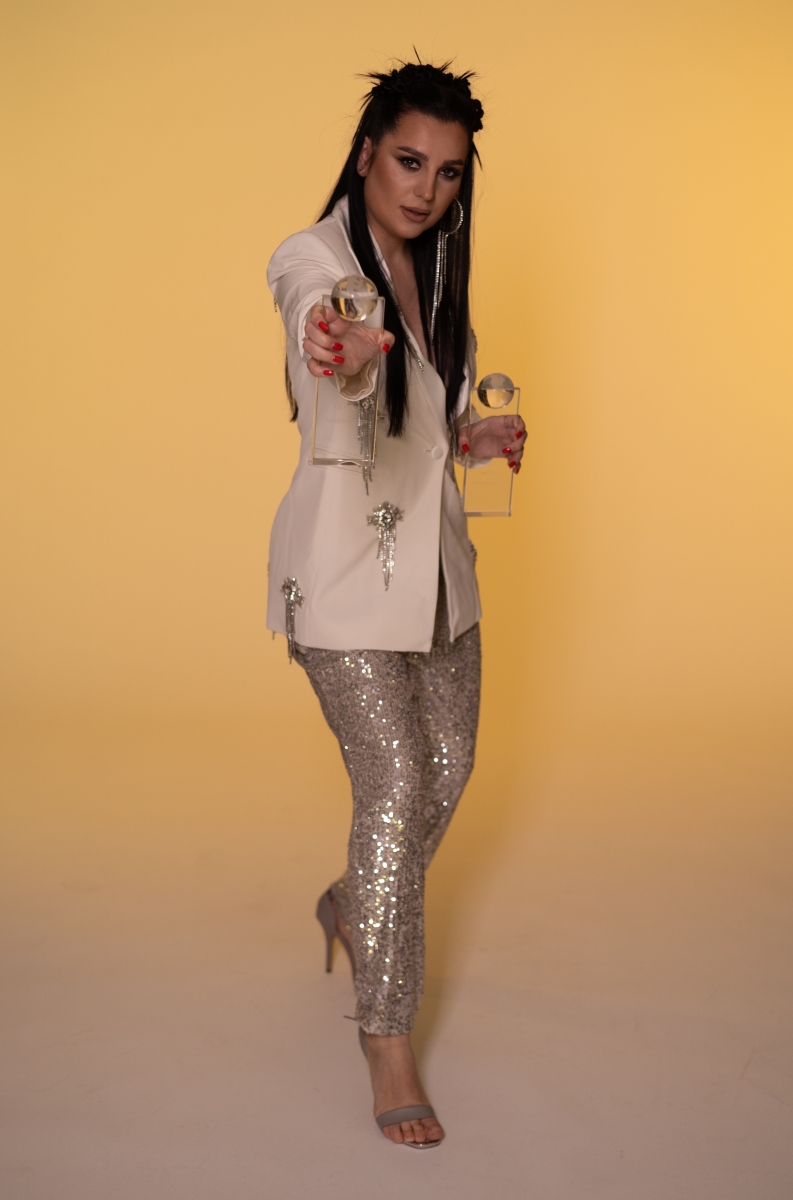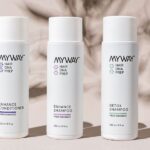By: Yuliia Khvashchak
Working with dark lips is one of the challenging tasks in permanent makeup. Over the years, Yuliia Khvashchak has developed a reliable method for correcting dark pigmentation and achieving predictable results. She shares her approach in this guide, including how she neutralizes cool undertones, selects pigments, and uses techniques.
Why Can Lips Appear Dark?
Before the procedure, Yuliia analyzes the reason behind the client’s lip darkness. Understanding the cause helps her choose the right correction strategy and avoid potential risks.
Main contributing factors:
Genetics – Clients with darker skin often have lips with a cool violet or brown undertone.
Hormonal changes – Pregnancy, hormone therapy, or aging can darken the lips.
Smoking and sun exposure – Nicotine and UV rays can turn lips gray or brown.
Unsuccessful previous PMU – Incorrect pigment choices can heal with undesirable blue or burgundy tones.
Yuliia’s Method for Dark Lip Correction
She uses two approaches depending on the lip condition: one-step neutralization and a two-step correction process.
1. One-Step Neutralization
- Applied when the lips are only slightly cool or gray-toned.
- Yuliia works directly with warm-toned pigments (orange, coral, yellow).
- She performs neutralization and main color application in a single session.
Ideal for clients with medium pigmentation who desire a nude or natural pink result.
2. Two-Step Method
Used for clients with intensely pigmented lips (brown, blue, purple).
Step 1: Neutralization with corrective pigments only (yellow or warm orange).
Step 2: After 6–8 weeks, the primary color is applied.
Color Theory in Neutralization: What Yuliia Uses
Yuliia relies on the Itten Color Wheel to guide her pigment choices.
- Purple or blue lips: neutralized with yellow and orange pigments.
- Brown lips: require warm red or orange tones.
- Greenish lips are corrected with red or bright pink pigments.
She also uses a custom pigment correction chart based on her years of experience.
Pigment Application Technique
Yuliia uses a soft shading technique to avoid deep pigment penetration.
She uses 0.25–0.30 mm cartridges (Round Shader or Magnum).
The pigment is applied in multiple passes for even coverage.
She avoids heavy pressure to prevent unwanted trauma or over-saturation.
Aftercare Instructions
Clear aftercare guidance is crucial for sound healing, and Yuliia always provides clients with detailed instructions:
Avoid Vaseline and greasy ointments – they can draw out the pigment.
Use lightweight, fragrance-free, alcohol-free balms.
Do not pick scabs – it can lead to uneven healing.
Apply SPF lip balm daily to prevent re-darkening.
Common Questions and Mistakes
Why do lips still look dark after healing?
Complete healing takes 4–6 weeks. If needed, the neutralization process can be repeated.
Can bright pink be applied directly on dark lips?
No. Without neutralization, the pink pigment will mix with the base tone and may turn purple or brown.
Can nude lips be achieved in one session?
Usually not. Two steps are required: neutralization first, then the desired shade.
Final Thoughts
Correcting dark lips is more than just applying color—it’s a full-color correction process that requires deep knowledge of color theory and a tailored approach for every client.

Yuliia Khvashchak’s method delivers consistent results, avoids unwanted tones, and achieves a smooth, beautiful lip shade every time.
Disclaimer: The information provided in this article is intended for educational purposes only and reflects the techniques and methods developed by Yuliia Khvashchak for lip pigmentation correction. Results may vary depending on individual skin types, conditions, and previous cosmetic procedures. It is advised to consult a licensed permanent makeup artist or skincare professional for personalized advice and before undergoing any procedures. The author and publisher are not responsible for any adverse outcomes or risks associated with the application of these techniques.
Published by Jeremy S.



















